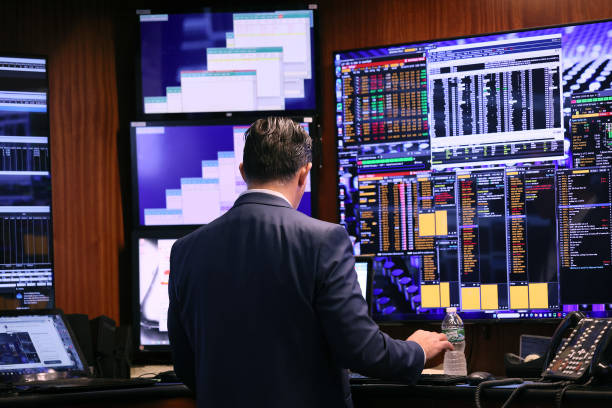
With U.S. equities hovering near record highs, Bank of America has flagged concerns that valuations are beginning to resemble the dotcom bubble era.
According to Michael Hartnett, chief investment strategist at Bank of America, the S&P 500’s price-to-book ratio has surged to 5.3—slightly above levels seen in March 2000, just before the tech bubble collapsed.
“It better be different this time,” Hartnett cautioned in a note to clients on Thursday.
Why Today’s Market Might Not Be the 1990s All Over Again
Hartnett noted several factors that could set the current cycle apart from the dotcom era:
- Higher bond allocations in portfolios
- The transformative boom in artificial intelligence
- Currency debasement pressures
- A shift in global capital allocation away from the U.S.
Still, he warned that investor optimism around imminent Federal Reserve rate cuts may weaken the U.S. dollar and complicate the outlook for American markets.
Fed Policy & Investor Expectations
The Fed’s policy path remains front and center for markets. Traders are pricing in an 87% probability of a September rate cut, according to CME’s FedWatch tool. Hartnett said that while valuations are the “only hurdle” preventing corporate bonds and equities from climbing further, any sharp pivot by the Fed could spark debates about central bank independence.
“Disruption equals debasement,” Hartnett wrote, suggesting a major policy shift could drive the U.S. dollar index below 90, prompting investors to hedge with gold, cryptocurrencies, and emerging markets in the late 2020s.
Currently, the U.S. dollar index has dropped more than 9% year-to-date, sitting near 98 as of Friday afternoon.
A Weaker Dollar & Political Implications
Hartnett also pointed out that a softer dollar could serve political ends. For the Trump administration, a “’25/’26 boom and bubble” fueled by a weaker currency could provide an easier path to reverse U.S. debt and deficit trends, he argued.
Outlook: Stocks, Bonds, and Global Allocation
Bank of America’s Bull & Bear Indicator currently sits at 6.1—neutral but leaning toward bullishness on a 0–10 scale. If valuations fail to justify current optimism, Hartnett suggested bonds and international equities may become more attractive than the S&P 500 in the months ahead.